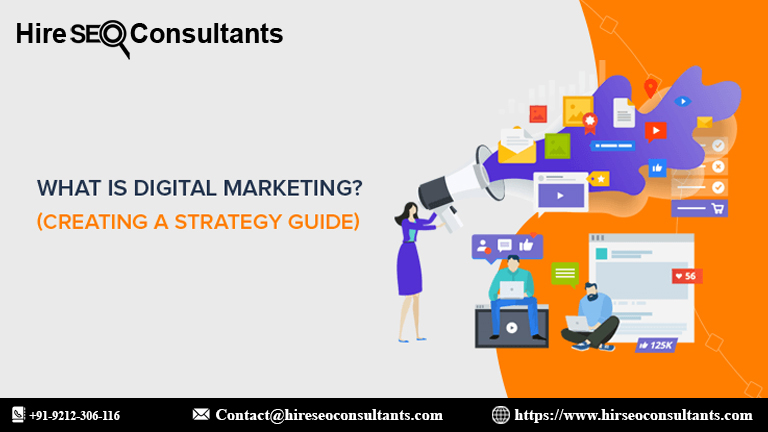Migrating Legacy Systems to Modern Enterprise Applications: Challenges & Solutions

Organizations are increasingly looking to modernize their technology stack to remain competitive. Legacy systems, once the backbone of operations, now pose significant challenges in terms of scalability, integration, and maintenance.
Migrating these systems to modern enterprise applications has become a priority for businesses aiming to harness the power of contemporary technology.
Here, we explore the key challenges and solutions associated with such migrations, offering insights for organizations embarking on this journey.
The Challenges of Migrating Legacy Systems
1. Complexity and Dependency Issues
Legacy systems often form an essential part of an organization's operations, making migration an extremely complicated endeavor. They might have been developed decades earlier with obsolete programming languages or lacking documentation - creating an intricate web of dependencies among various applications and processes, making migration especially complex - any misstep could cause operational disruptions and unintended results.
2. Data Migration Challenges
Migrating legacy systems data to modern applications is no simple matter. Legacy information often exists in fragmented or outdated formats that make it unsuitable for modern systems; additionally, duplicity issues and incomplete records or inaccuracies may arise which compound this task further. Ensuring consistency and reliability while keeping historical value intact requires meticulous and resource-intensive effort for success.
3. Downtime and Business Continuity
Migrated processes may pose significant disruptions to ongoing operations for organizations that rely on 24/7 system availability. A poorly planned migration could cause extended disruptions that lead to financial losses as well as damaged customer trust; successfully managing both aspects requires strong strategies and contingency planning for an uninterrupted service experience.
4. Skill Gaps
Legacy systems often rely on obsolete technologies and expertise that are no longer in widespread use, creating challenges in finding IT personnel with the necessary abilities to migrate them successfully. At the same time, adopting modern enterprise applications demands knowledge in cutting-edge technologies requiringthe expertise of upskilling or hiring specialists with such proficiency; any attempts at closing this skill gap by upskilling, training or hiring may prove both time consuming and expensive for businesses to do themselves.
5. Cost Considerations
It is difficult to overstate the financial implications associated with modernizing legacy systems to modern enterprise applications, especially given their initial investment costs as well as hidden fees associated with data migration, employee training, system integration and ongoing support costs. Organizations operating under tight budget constraints need a strong business case for modernization in order to justify such expenses.
Solutions for an Easy Migration Experience
Partner With An Experienced Development Firm
Working with an established enterprise application development company can make all the difference for the ease and success of migration processes. Experienced firms bring technical know-how, tried and proven methodologies and industry expertise that ensure your transition aligns with business goals while mitigating risks.
Adopt a Phased Migration Approach
To facilitate smoother adaptation and reduce risks during migrations, businesses may benefit from taking a gradual migration path. Adaptable components may gradually switch out as businesses transition components over time - helping ensure smoother adaption for users and easier implementation processes.
Prioritize Data Migration
To maximize accuracy and efficiency during data migration, develop an effective data migration plan by cleansing, standardizing, validating data before moving it onto new systems. Implement automated tools for this task for optimal accuracy.
Leverage Cloud Solutions
Modern enterprise apps typically seamlessly integrate with cloud platforms for optimal scalability, flexibility, and cost efficiency. Migration to the cloud also protects against future technological advancements by guaranteeing your infrastructure keeps pace with developments.
Invest in Training and Change Management
To ensure a seamless transition into your new system, investing in training programs and change management initiatives may help employees adapt more easily reducing resistance while increasing productivity.
Engage in Rigorous Testing
Rigorous testing is crucial to uncover any issues before embarking on full-scale implementation, to ensure the new system functions according to expectations and integrates seamlessly into existing workflows.
Why Is Modernization Worth It?
Modernizing legacy systems by migrating them to enterprise applications provides numerous transformative benefits that can radically reimagine how an organization operates. One immediate result of upgrading legacy systems with enterprise apps is increased operational efficiency - modern systems utilize automation and streamline processes, thus decreasing manual interventions while increasing productivity across departments. Furthermore, advanced analytics provide businesses with accurate insight, which helps shape smarter strategies and strategies, resulting in smarter outcomes and strategies.
Modern enterprise applications provide modern enterprises with tools necessary for improving customer experiences, from personalized services and faster response times through seamless interactions that increase customer loyalty. Transitioning from legacy systems requires costly support services, with modern apps coming equipped with regular updates, robust security features, and vendor support services ensuring lower total costs of ownership over time.
Partnership with an enterprise application development company can play a pivotal role in ensuring the successful modernization journey for an organization. Their experts bring extensive experience and tailored solutions specifically tailored for migration challenges; from initial assessments and strategic planning sessions ito mplementation and post-migration support services, they ensure a secure transition that aligns with organizational goals.
Modernization is more than technology: it is about positioning your organization for future growth. By adopting modern enterprise applications, businesses can unlock amazing opportunities while remaining competitive in an ever-evolving landscape and setting themselves up for long-term success.
To end things off
Transitioning legacy systems to modern enterprise applications is no small task; however, using an effective strategy and partnerships can make all the difference in terms of success and growth. Working closely with an enterprise application development company helps organizations overcome any hurdles to modernization while realizing its full potential - something businesses in an ever-evolving business landscape must embrace to stay on the cutting-edge. Embracing advanced technologies is no longer optional - it is imperative for growth and success!
Read More: AI Trends for Businesses and Enterprises in 2025
What's Your Reaction?

















